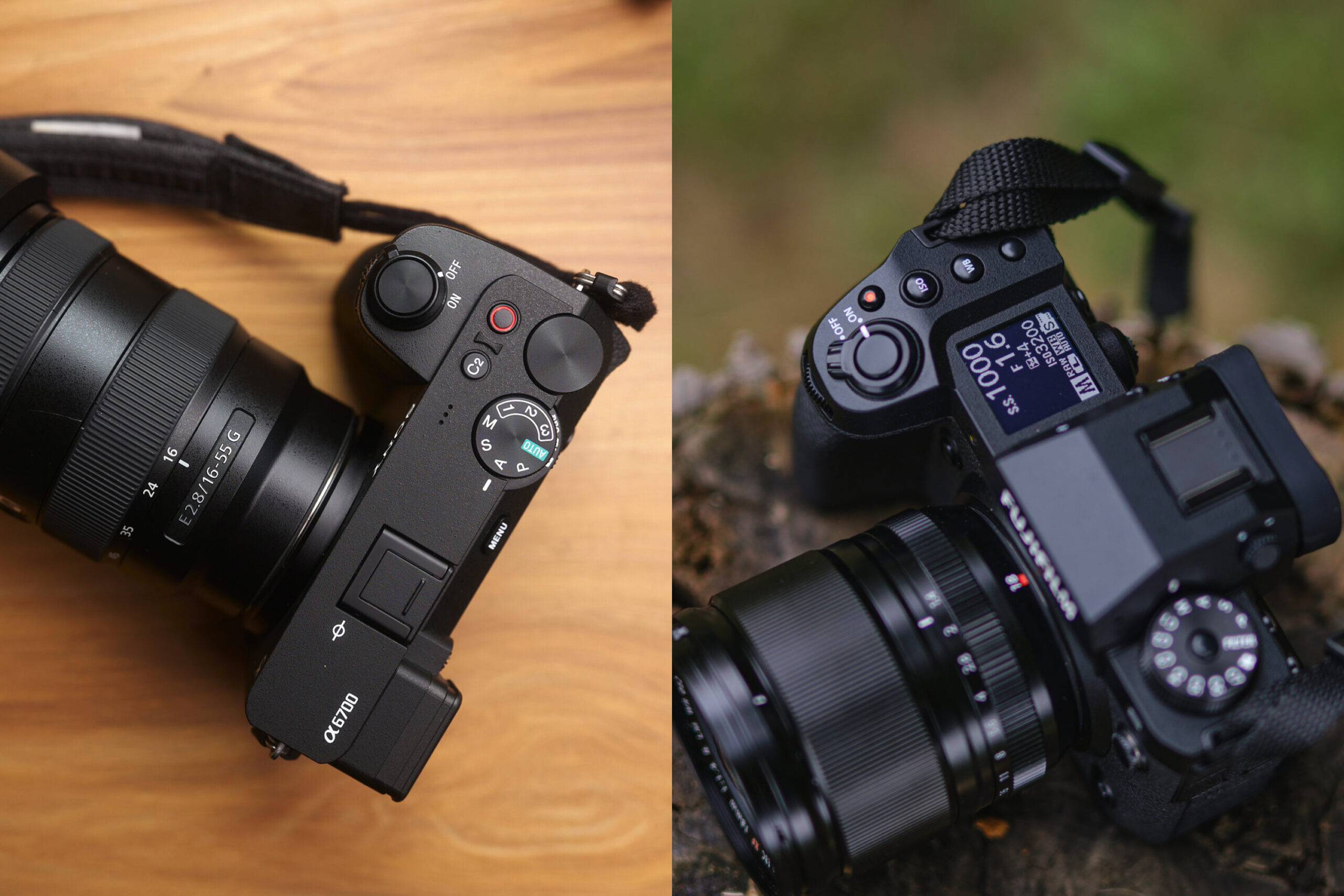The Sony a6700 and the Fujifilm XH2s are two of the best crop sensor cameras worth spending money on today. Both brands have a long history of making dependable APS-C mirrorless cameras for over a decade. Something that immediately sets them apart is their vastly different style factors. One’s styled a bit like a rangefinder, while the other maintains a more traditional DSLR look. Both have comparably good image results but vary quite differently in other areas. This article compares various features of both to give you an idea of which one you prefer to invest in.
For quite some years now, Sony’s a67xx series has remained a strong APS-C contender, consistently challenging its competitors. These cameras have consistently delivered features and specifications typically associated with full-frame counterparts. As a previous owner of an a6400, I can attest to the fact that it had some of the best autofocus I’d ever seen in an APS-C camera. The a6700 is the latest model in this series. During our tests, we found it to be a competent camera, but we did feel Sony was holding it back from being a star performer:
“Make no mistake, the Sony a6700 is a good camera — and that’s the problem. It’s only just good. If you’ve used the full-frame cameras that Sony makes, it feels like them in a rangefinder-style camera body. But that’s the problem — I believe that Sony is mistreating the Sony a6700 still by making it live in the shadow of the Sony a7r V and the Sony a1. Instead, I believe that Sony could’ve done much more to make it stand out besides giving it a smaller sensor.”
The Fujifilm XH2s is an APS-C camera that you can hardly find fault with. It has a better autofocus system than the X-H2 and a lower pixel count that appeals to photographers often shooting in low light. It was also their first to have subject recognition for birds and vehicles. In our review we noted:
“The Fujifilm XH2s is the camera for the photographer who wants to shoot everything while spending the least time possible behind a computer. The XH2s can easily bounce from portraits to sports to birds to a low light concert venue and back again. And, the camera does it all with great colors that require little editing. Add in a comfortable grip and a durable body, and the X-H2s will feel right at home in many photographers’ hands.”
Reviews Editor Hillary K. Grigonis
Table of Contents
Innovations

The Fujifilm XH2s represents a noteworthy upgrade for Fujifilm enthusiasts. Leading with a 40 fps electronic shutter, you won’t notice blackout issues in the viewfinder. There are significant improvements in the subject detection autofocus, improved autofocus algorithms, and up to seven stops of image stabilization. Granted, many of these are also available features on flagship models from Canon, Sony, and Nikon. Where the Fujifilm XH2S can stand out is partly in its use of an X-Trans sensor and Fujifilm’s signature color rendition, making it a unique and appealing choice for photographers. The XH2s is one of the first stills cameras to support camera-to-cloud using Adobe’s frame.io software. But it does require the FT-XH battery grip for this.
There isn’t much in terms of innovation for the Sony a6700. It continues in the same league as its predecessors with minimal upgrades. We hope to see a more massive improvement with the Sony a6800 whenever that comes around.
Ergonomics
We compare the ergonomic highlights of these two cameras.
Different, But Familiar
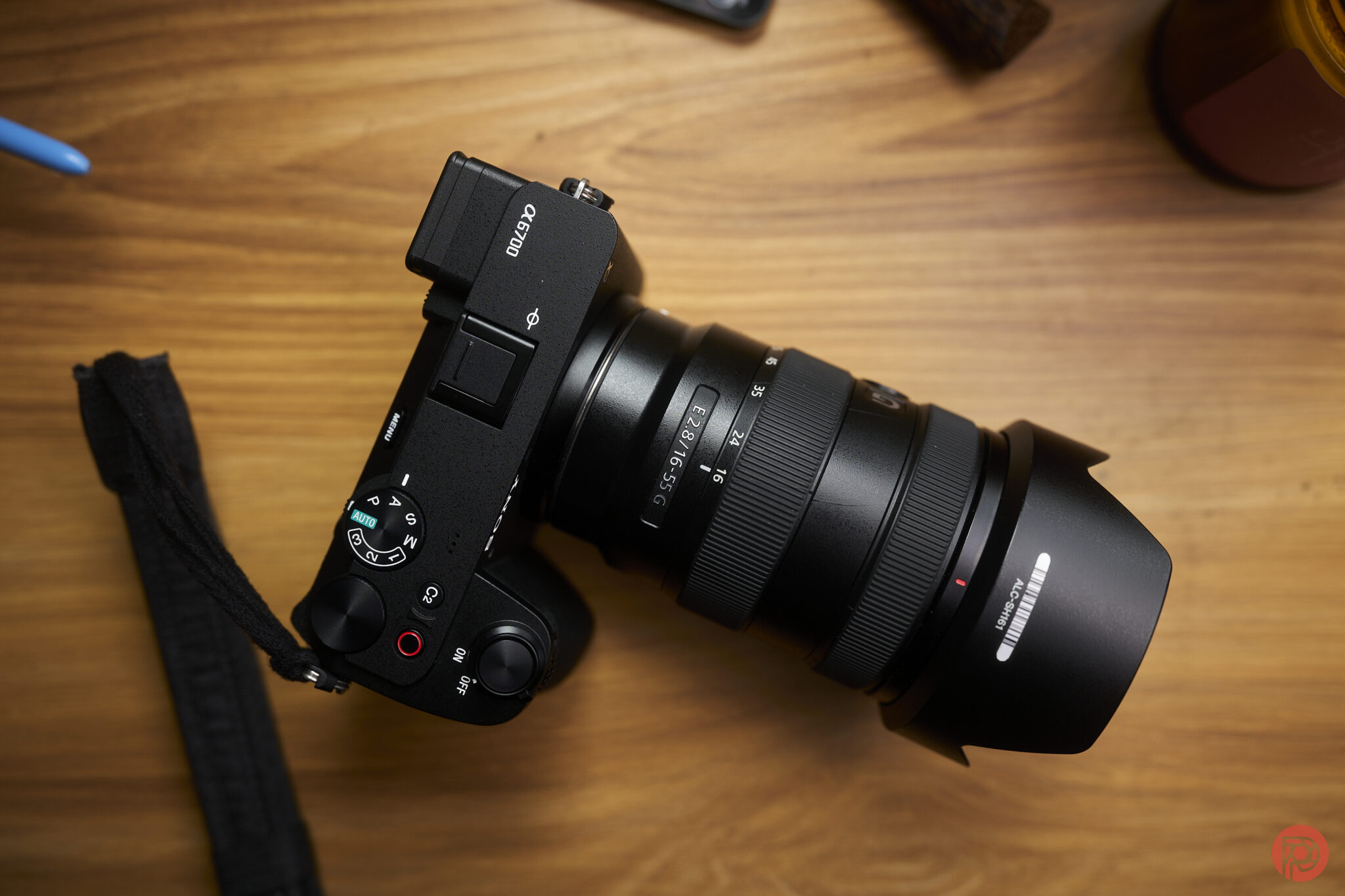
The Sony a6700 continues the same form factor they introduced with rangefinder-style APS-C bodies in 2014. But it’s not entirely without any change. A few ergonomic tweaks have been made for the a6700. A much more comfortable grip has been introduced. The camera feels more comfortable to use than the a6600
Big And Beefy
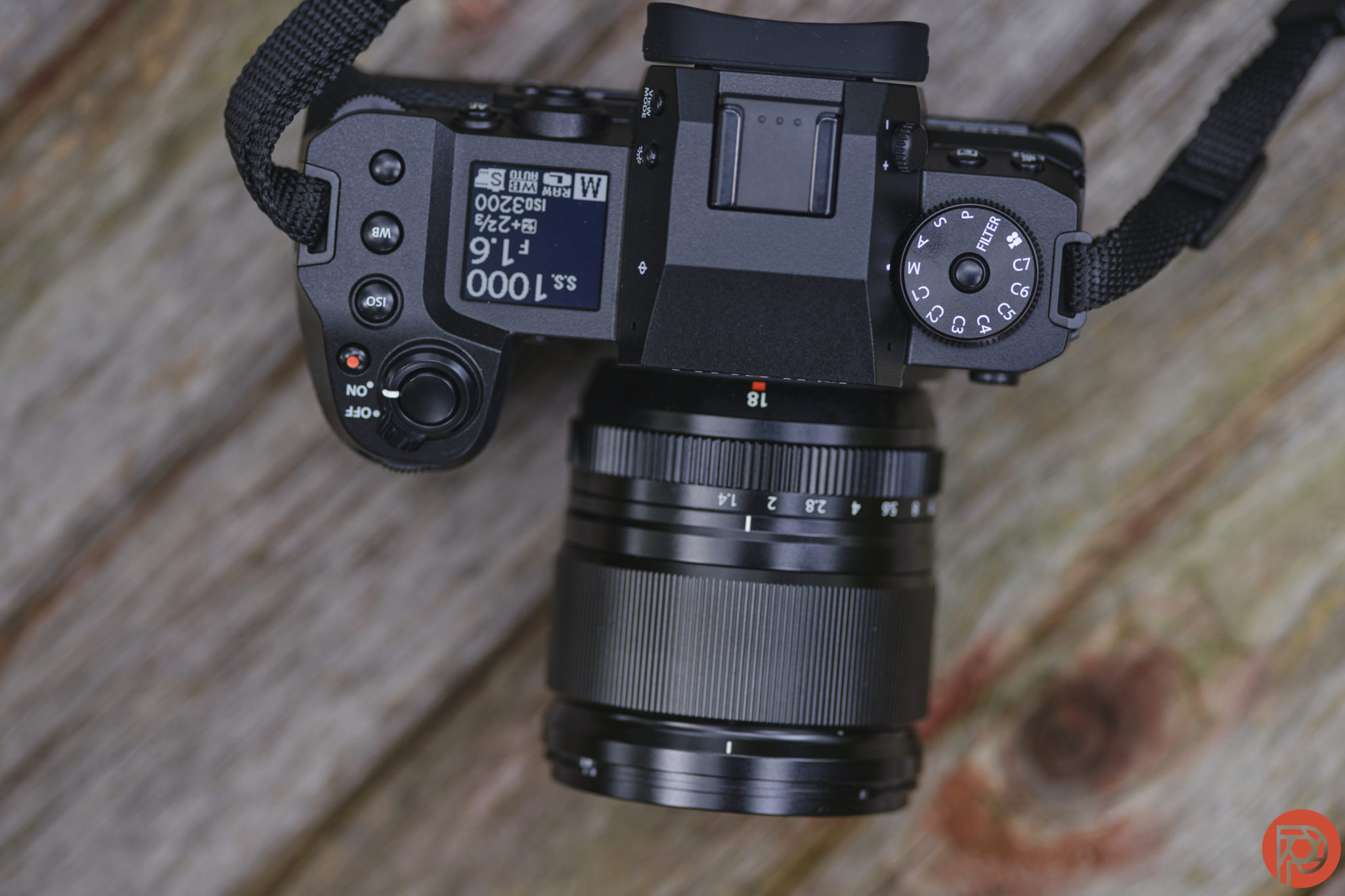
“The Fujifilm X-H2s feels a bit like the Nikon D850 and the Fujifilm X-T4 had an illegitimate love child.”
The Fujifilm XH2s and its sibling, the X-H2, are more DSLR-like in handling and build quality than almost any other Fujifilm camera of recent times. But we do miss the dedicated shutter speed and ISO dials that are a staple of many of their other cameras. The white balance and custom Fn button are easy to reach with your thumb. It’s also fairly comfortable to use the focus point joystick, AF ON button, and control dial at the rear. The secondary LCD takes up a sizable chunk of real estate at the top.
Build Quality
We take our build-quality tests at The Phoblographer seriously. Very seriously
Above Average Weather Resistance
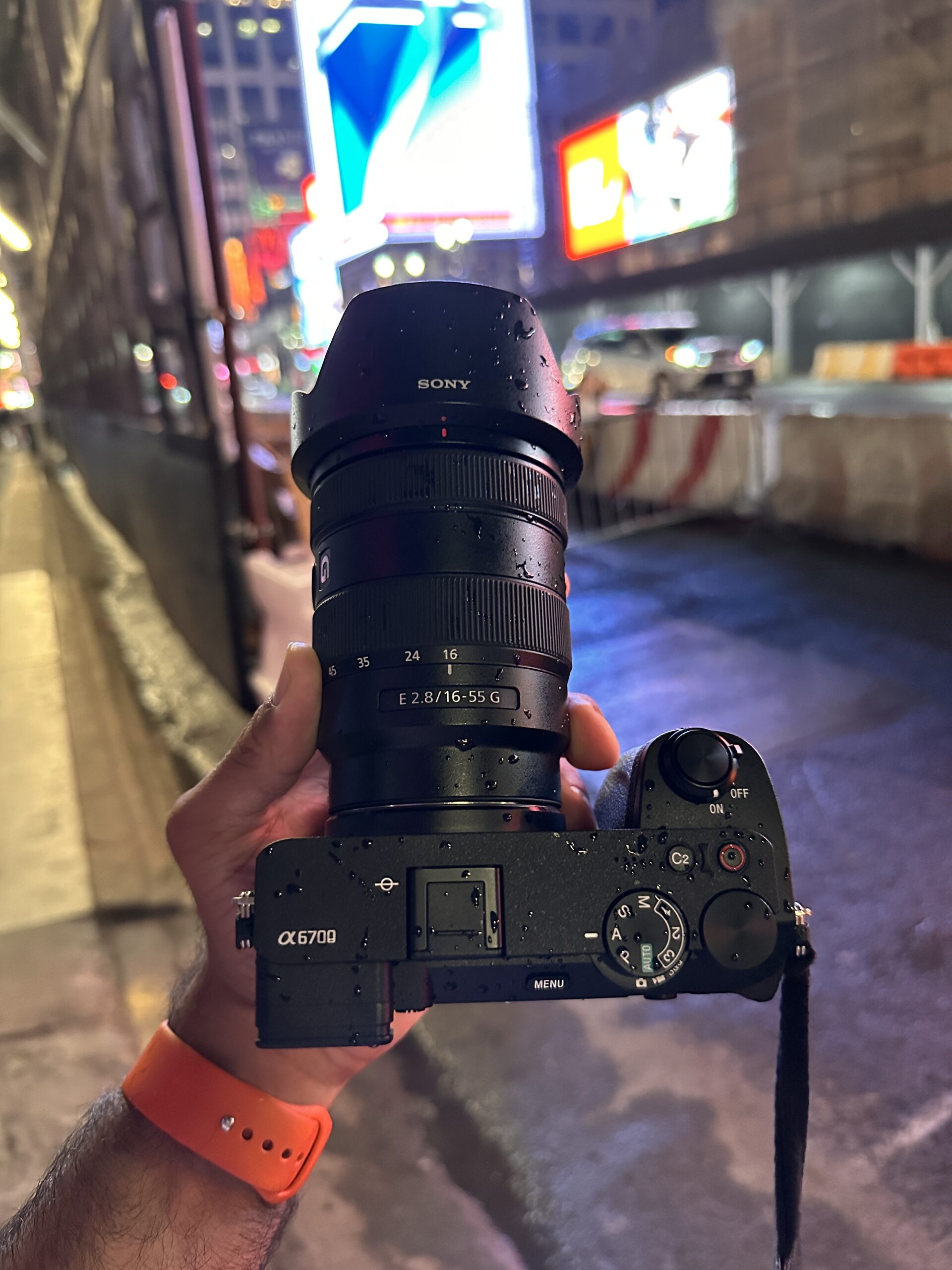
The buttons on the back of the Sony a6700 just don’t feel up to the mark compared to the rest of the camera. And Sony should really have introduced a focus point control joystick by now. Still, weather resistance tests turned out okay, as it braved some rains reasonably well. There was a considerable amount of dust accumulation on the sensor. This could have come from Sony’s decision to not give the a6700 a shutter-down option, which ensures that the sensor is protected during lens changes.
No Complaints Here
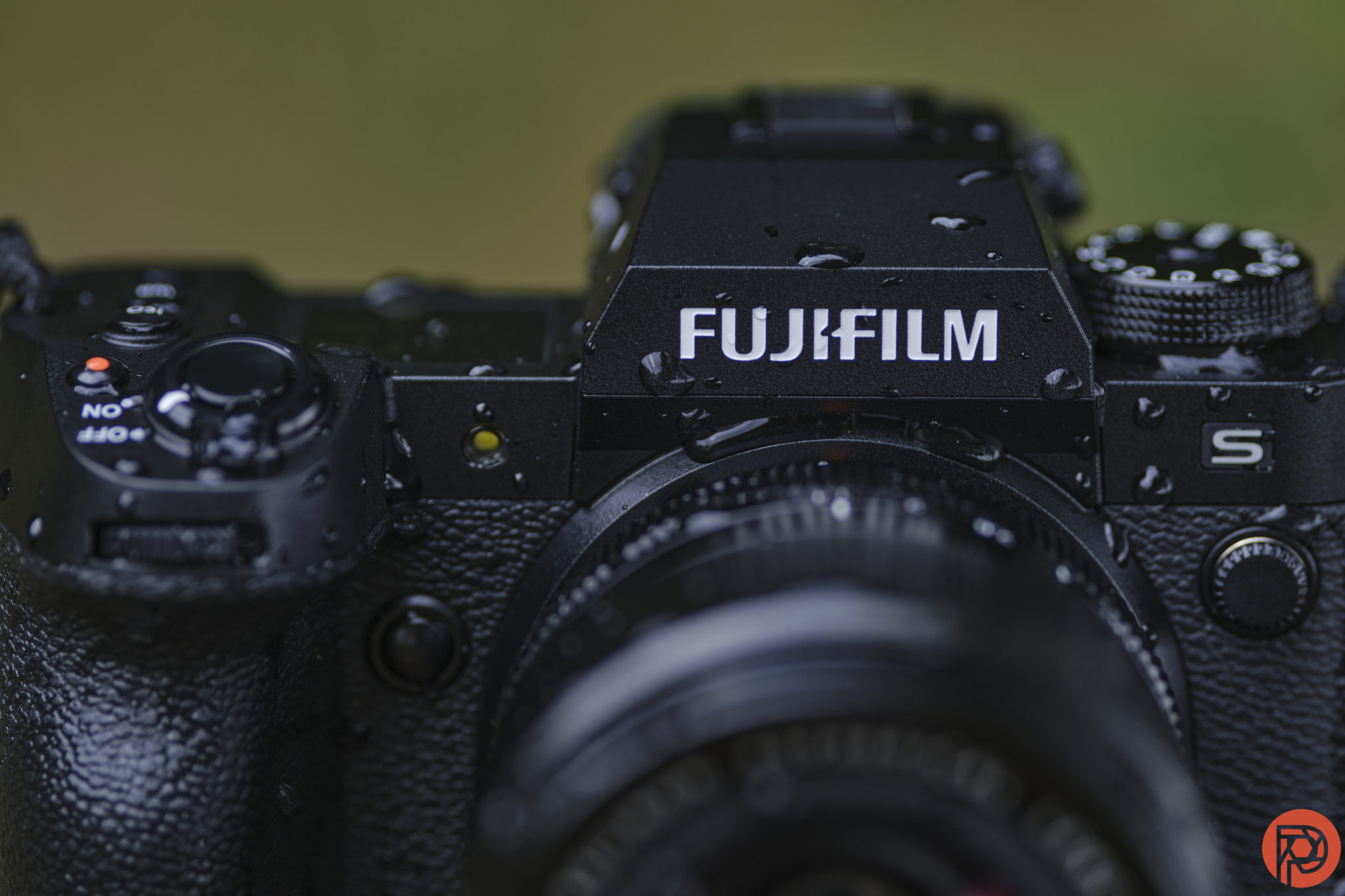
The body is all metallic in magnesium alloy, but that leather-like wrap adds the classic retro feel and is pleasant to the touch. The XH2s is designed for handling large zoom lenses, which makes the big grip a valuable addition to this camera. We didn’t spot any dust or debris on the sensor during our tests. When the camera with an 18mm WR lens spent a few moments under a sprinkler, the camera (I told you our build quality tests are serious) it came out unscathed. It continued to perform like nothing had happened.
Ease of Use
Despite being the 7th camera in this series, the Sony a6700 still doesn’t have a joystick. Adjusting the focus point becomes cumbersome, especially when shooting fast-moving subjects like birds. Ideally, the subject detection mode in the camera should take care of this. But there are scenarios, such as when objects partially obstruct the view, where you need to manually move the focus point. It becomes a lot more difficult to fix this with the lack of a joystick.
Photographers switching from a DSLR will have an easier time jumping into the X-H2s. However existing Fujifilm camera users may find the widely different controls need a bit of a learning curve to adjust to. Thankfully, Fujifilm allows for a good range of customization. For example, if you find the control dials operating in the opposite direction to what you’re used to, you can flip this in the menu.
Autofocus Comparison
It’s often autofocus performance that makes you pick one brand’s camera over another these days.
Fast, But Finicky At Times
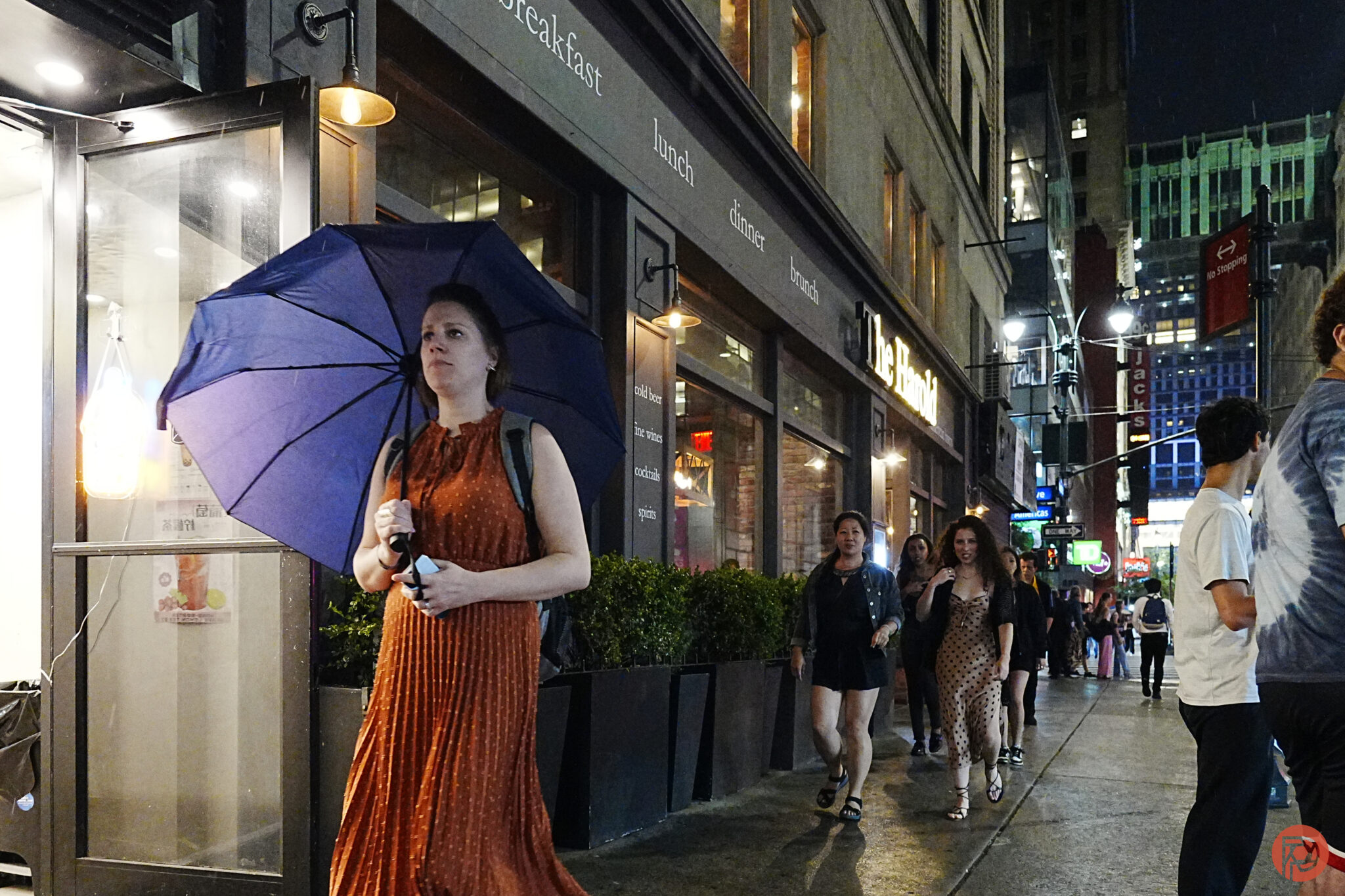
If you want to get the best out of the Sony a6700’s AF performance, disable the Live View (exposure preview) setting. Of course, that kills the main WYSIWYG appeal of why someone would buy a mirrorless camera today. We were also surprised with how unexpectedly the autofocus performed when paired with Tamron lenses (a company partially owned by Sony). We did tests on birds in flight with this combination. The lack of a joystick only added to this frustration. The pictures weren’t bad by any standard; it’s just that experienced birding photographers won’t find using Tamron lenses on the Sony a6700 helpful. That’s a shame, as Tamron makes some excellent lenses these days.
Street photography is a genre that the a6700 finds itself home in. Turn on human detection AF mode and find it almost always focusing exactly where you expect it to – on faces and eyes. You’ll find it autofocuses very fast in such scenarios.
Quite Accurate
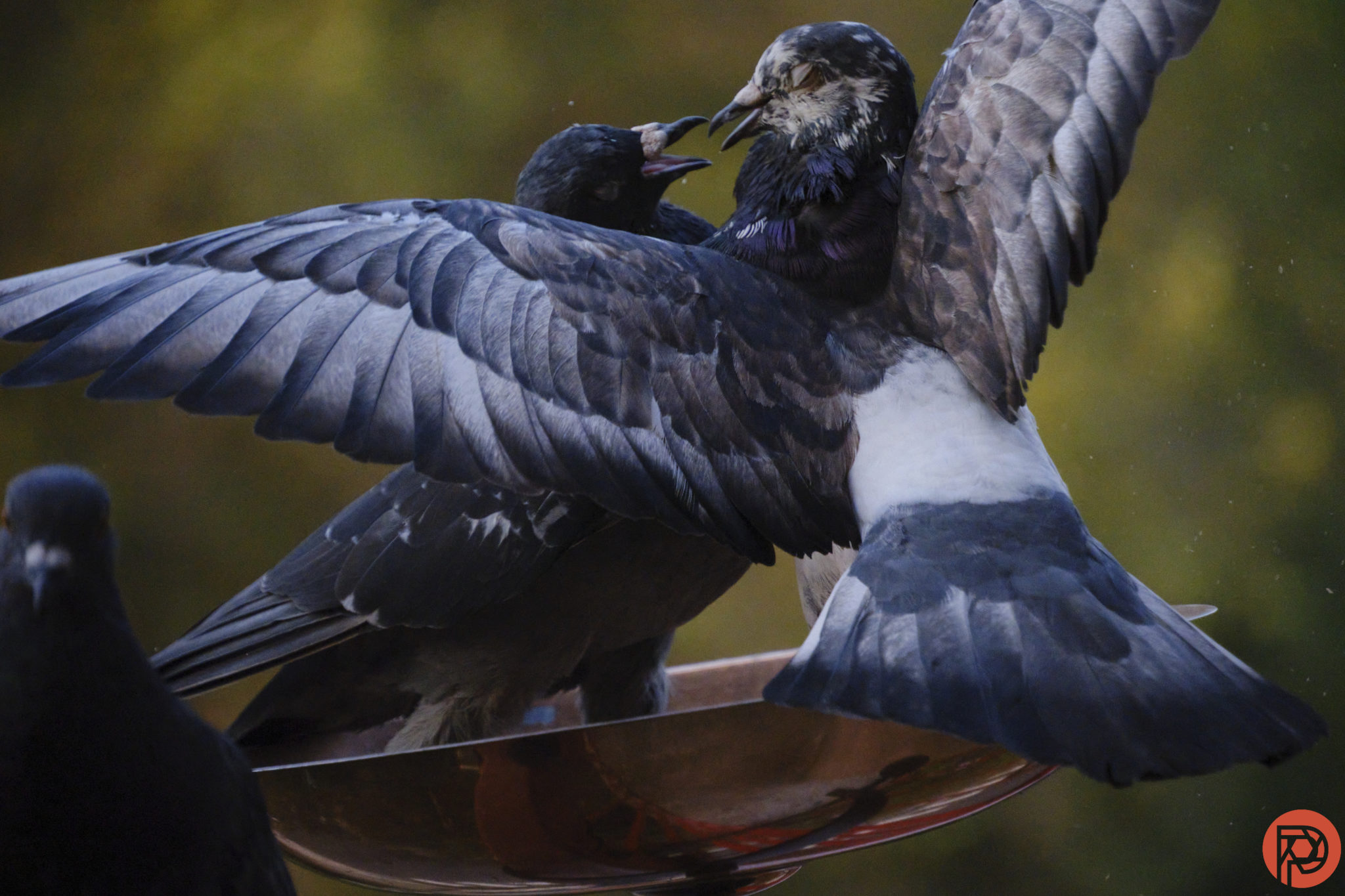
The autofocus in the Fujifilm XH2s is much faster when compared to the higher resolution X-H2. It might not yet be class-leading for sports and wildlife, but it’s an excellent choice for photographers who shoot in multiple genres. The animal detection autofocus is good enough for most. Reviews Editor Hillary Grigonis got an 80 percent hit rate photographing her dog on a run. It dropped slightly when Animal Eye AF was enabled.
Image Quality
A clear winner announces itself!
a6700 – High ISO Goodness
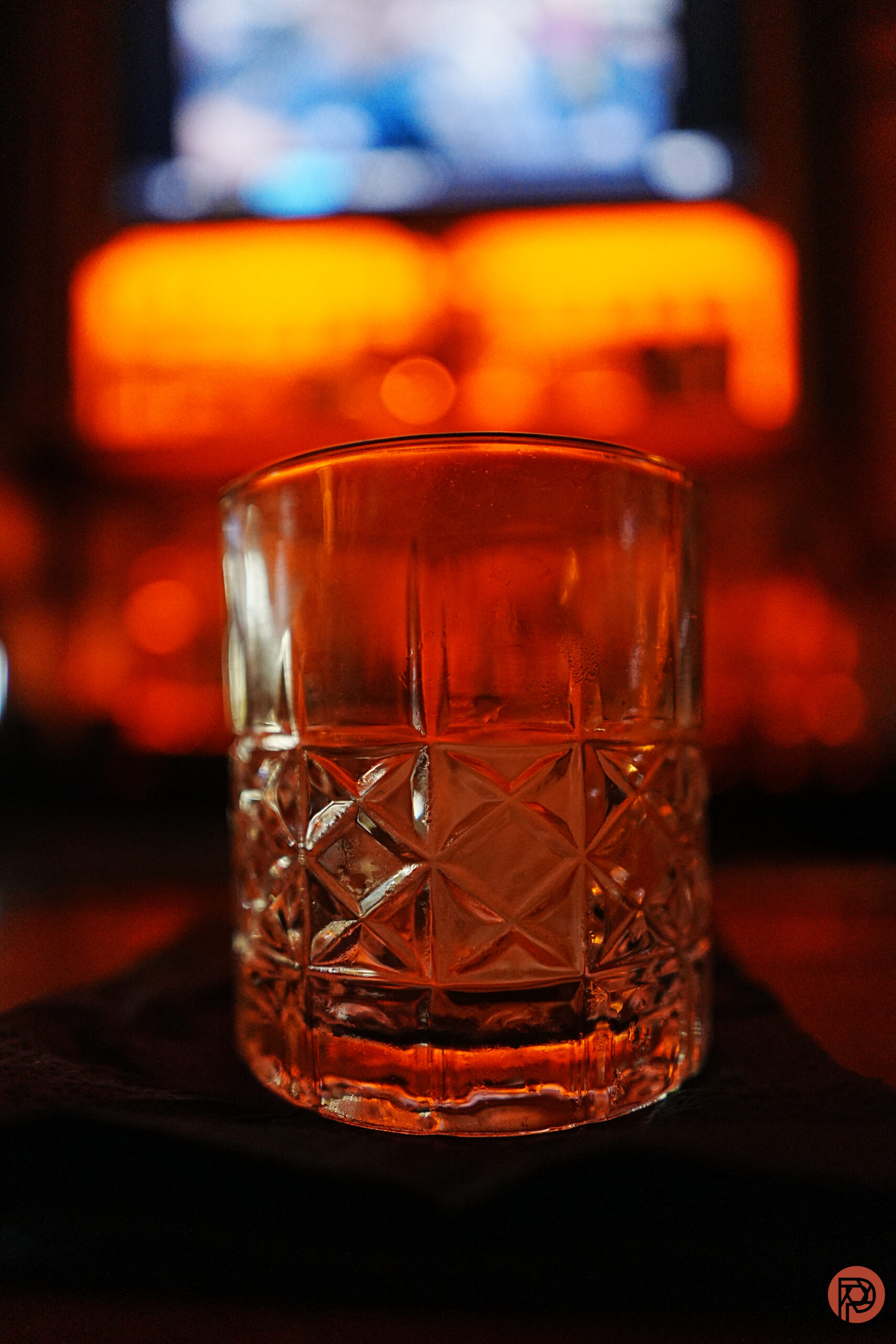
Sony’s a6700 does very well in low-light, high-ISO conditions, making it hard to spot noise at high above 3200. Even in well-lit scenarios, you can confidently shoot jpegs without worrying about too much post-processing. The VV2 creative look mode deserves special praise, giving sharp, bright, and contrasty photographs. Take a look at the images we took with Sony a6700 here.
Fujifilm XH2s – Colors To Fall In Love With

While most shots from the XH2s needed little editing, the RAW files offer much room for post-processing. Go easy on them though, as extreme manipulations of the RAW files’ dynamic range can introduce noise and pollute the colors. If you love Fujifilm’s color profiles, you can get accurate colors or deeper, film-inspired tones without editing. High ISO output is only marginally better than that from the X-T4. See more images taken with the XH2s here.
Conclusion
Sony a6700 – Three Stars
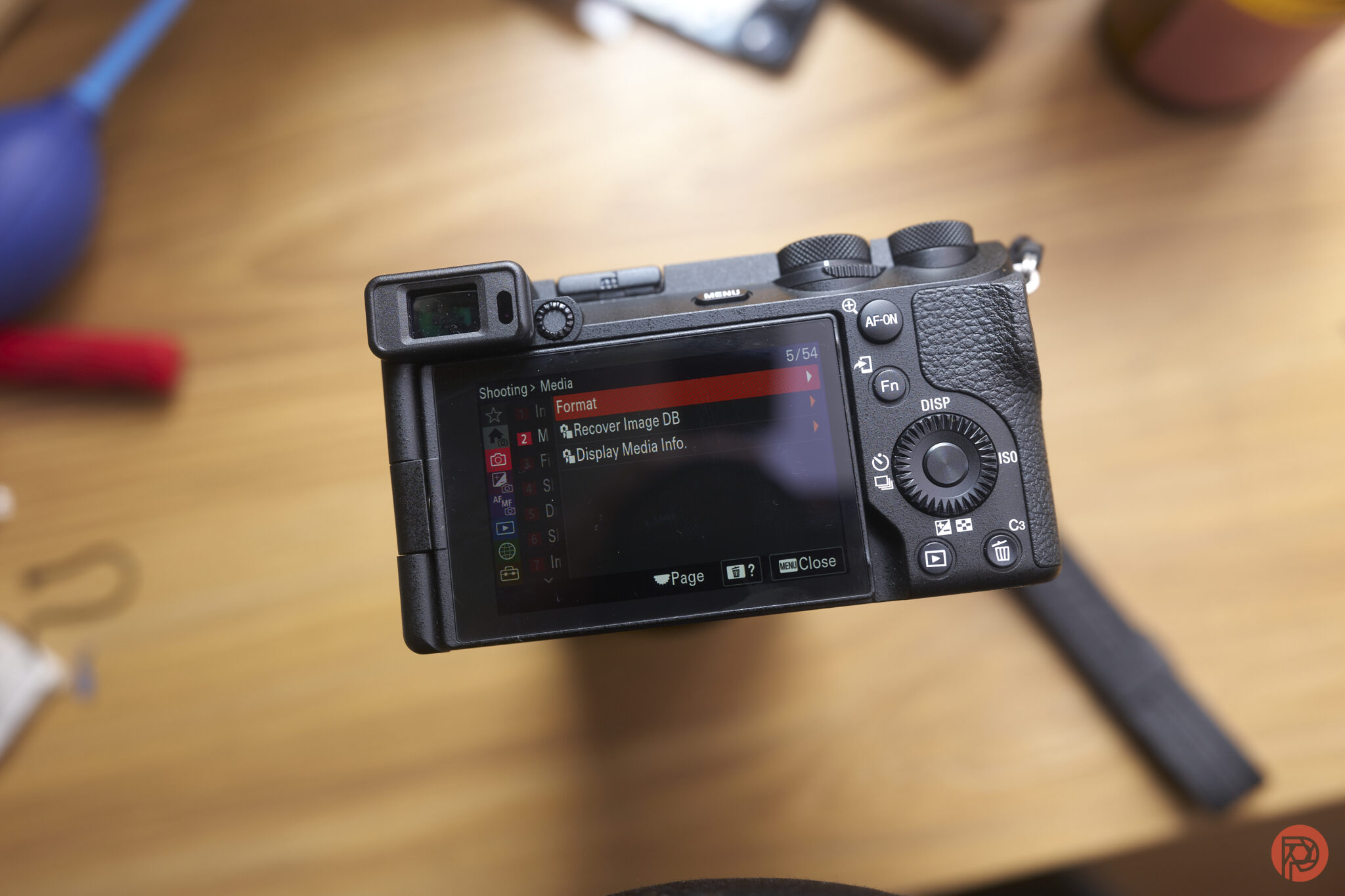
It’s their best APS-C camera for now, but we’re confident that Sony can still do much better. Many whys and whynots crossed our minds while we reviewed this camera. The lack of a joystick that really could make the photography experience much better? And it deserves more than one card slot. The Sony a6700 is a decent, affordable choice of camera if you’re a Sony user with a much older NEX camera or something from their initial a67xx models. If you already use their full-frame Alpha cameras, we’d recommend waiting for the next in this series. But if you’re getting a camera for the first time and want to use it mostly for outdoors and traveling, then the Sony a6700 is a decent choice.
Fujifilm XH2s – Five Stars, Editors Choice Award
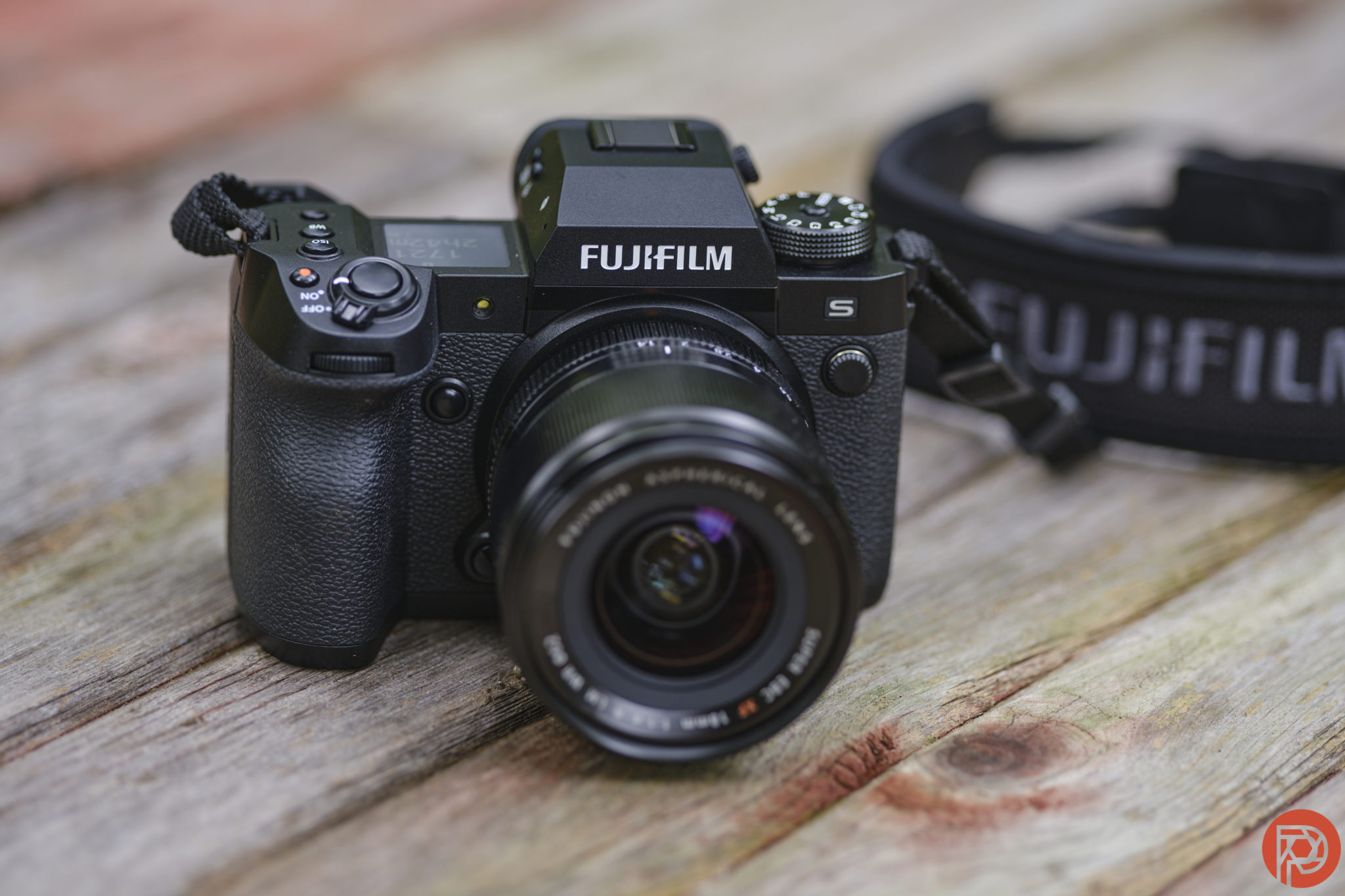
Even in poor light, the Fujifilm XH2s gives you magical results. It brings several much-needed features to Fujifilm’s lineup. The first to offer intelligent object recognition for birds and vehicles, the impressive 40 fps electronic shutter burst or a 15 fps mechanical burst, both with autofocus, keeps the viewfinder blackout-free. This camera is made for those who want to shoot every kind of subject while spending the least time possible behind a computer. It also sits at a much lower price point than a full-frame flagship. The Fujifilm XH2s is a perfect all-round camera that won our Editors Choice Award.
Tech Specs Comparison
| Sony a6700 | Fujifilm XH2s | |
| Sensor | BSI-CMOS | Stacked CMOS |
| Megapixels (effective) | 26 | 26 |
| ISO Range | 100-32000 (expandable 50-102400) | 160-12800 (expandable to 80-51200) |
| Max shutter speed | 1/4000 sec (manual) 1/8000 sec (electronic) | 1/8000 sec (manual) 1/32000 sec (electronic) |
| Exposure Compensation | +5 to -5 EV | +5 to -5 EV |
| Continuous Shooting (stills) | 11 fps | 15 fps mechanical 40 fps electronic |
| Autofocus Points | 759 | 425 |
| Viewfinder Resolution | 1,036,800 dots | 1,620,000 dots |
| LCD size | 3 inch | 3 inch |
| Card slot(s) | UHS-II SD | 1 CFexpress Type B 1 UHS-II SD |
| Dimensions (W x H x D) | 4.8 x 2.7 x 3″ (122 x 69 x 75.1 mm) | 5.4 x 3.7 x 3.7″ (136 x 93 x 95 mm) |
| Weight (Body Only) | 0.9 lb / 411 g | 1.3 lb / 579 g |


